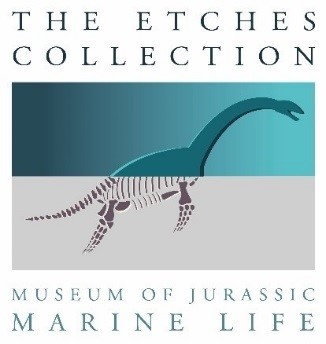First global evidence of Ammonite eggs!
/One New Years’ Eve several years ago Steve Etches was in his workshop cleaning a rock sample which contained an isolated small sack of spherical egg-shaped objects he found in the 157-152 million year old Kimmeridge Clay Formation.
These look quite similar to modern cuttlefish eggs (a living cephalopod) and he wondered if these could be the eggs of an ammonite (an extinct cephalopod) since ammonites are common in the Kimmeridge Clay Formation. Fossil ammonite eggs had never been found before. Subsequent discoveries were made which include some “eggs” associated with ammonites providing further evidence that they could be ammonite eggs.
These eggs are incredibly rare and represent the first-ever discovery of potential ammonite eggs. Because of their rarity, the museum plans to use non-destructive Cat Scanning techniques at Southampton University to search for definitive proof that they contain “baby” ammonite embryos.
The Etches Collection Museum in Kimmeridge, Dorset contains a nationally accredited and designated collection of over 2500 fossils from the Upper Jurassic Kimmeridge Clay Formation. This provides a major resource for education and research as well as being a major tourist attraction.
Watch the full story by clicking on the You Tube video above.

